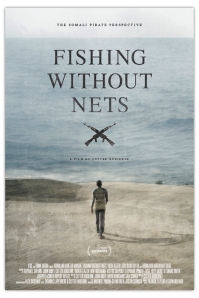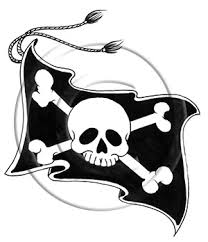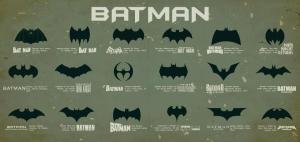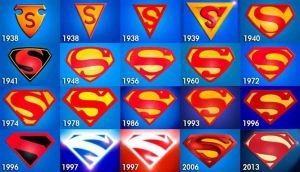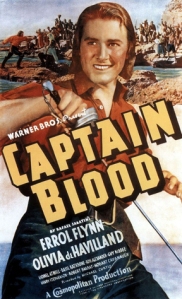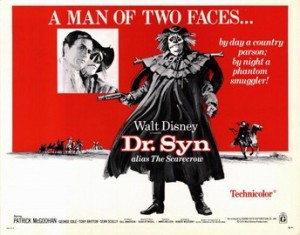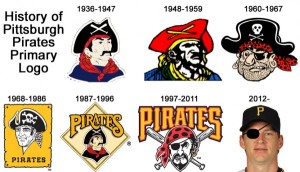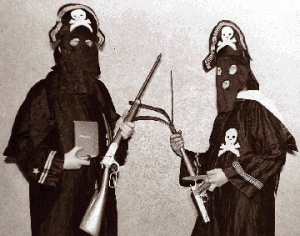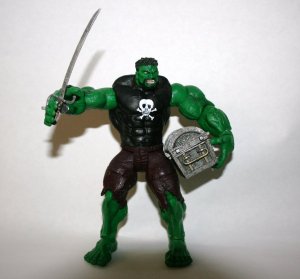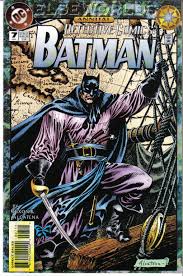Katy Simpson Smith, author of The Story of Land and Sea, visited Washington and Lee University this semester, and, while not busy giving the Phi Beta Kappa convocation address, she dropped by my creative writing class to read from her novel and answer a few questions. The conversation was so good, I wanted to continue it by email. Since my course is focused on fiction that merges literary and genre fiction, I suggested we start there.
_________
KATY: My knowledge of literary genre fiction is pretty limited, but I’ll add whatever I can to the mix.
CHRIS: Actually, I think you’re writing your own brand of it, so you know tons. If we define the mode as writing formerly lowbrow pulp genres in a literary style, would it be fair to call The Story of Sea and Land a literary pirate novel?
KATY: I guess I’d have to read some full-on pirate novels to know how and if I’m subverting the genre! I think what I like about writing a character with such a Romantic background is that it builds expectations for the reader which are inevitably undermined. Everyone — from pirate to slave — encounters the same basic range of emotions, and it’s the intense and nuanced investigation of these emotions that I believe turns something “literary.” So there’s very little swashbuckling and there are no parrots, but there is parenthood and grieving. Perhaps I’m most interested in the ordinariness inherent in seemingly extraordinary circumstances.
CHRIS: That’s a pretty good definition of “literary.” I throw the phrase “psychological realism” around my class, and I think we’re talking about the same thing. Undermining expectations describes literary genre fiction well too. But that suggests an implicit risk in the mode. Do you find readers like having their Romantic expectations undermined with nuanced ordinariness?
KATY: Ah, well if we bring readers into it! My experience suggests that many do not, in fact, enjoy the undermining. But I think this also comes down to how a book is marketed. Those that might fall into literary-genre and are also successful (I don’t know, Lonesome Dove, Cormac McCarthy — all I can think of are westerns at the moment) are books that were quickly claimed by the critics and stamped as “great,” pinned with Pulitzers, so that readers knew that something above-and-beyond was going on when they opened the pages. I’ve certainly had readers who wanted my pirate and his lady to have their happy ending, and to be morally clear heroes, and when the book takes a different turn, I’m afraid some of them threw it out the window. The failing, of course, is probably mine. If I’d written Lonesome Dove, I could’ve swayed even the most Romantic reader. But in the end, you can’t write a book for readers, because none are alike. You just write the book that you believe in. (And thoughts about what category it fits into never arise until someone asks you!)
CHRIS: Well, your first novel is getting some serious stamps of approval, no Pulitzers yet, but, as NPR put it, you’re “a writer to watch.”And it’s interesting McCarthy popped to mind. When you described your next manuscript to me, I thought of Blood Meridian, a highly historical novel about the Galton gang of the 1840s. Your gang roams the 1780s, right? Bandits and pirates—are you always drawn to subjects who, at least in their “full-on” forms, are so much about traditional masculinity and violence?
KATY: I think the pull of violence comes from a Southern upbringing, where you can’t avoid being steeped in a very dark history (a history that also leaves violence on the surface of the present, oil spill-style). So I’ll always be fascinated by people pushed to their outer edge; we all have a limited range of responses, and though violence is usually the last tool we’d reach for, it’s still lying there in the toolbox, waiting. As for issues of masculinity, I have always been drawn to them, perhaps because I’ve seen men having an easier time of it in the self-theorizing department after the waves of brilliant scholarship on women and feminism. (I made a documentary in college about young men in the context of popular media, so I suppose it’s a long-abiding interest.) On the one hand, I don’t want to let men off the hook, but I’ll also admit that part of me is afraid to write a book populated only by women, given how little they seem to be valued–still–which is frankly appalling. I’ve been struggling recently with this deficiency of mine, worried that I’m giving in or selling out, but after my reading at W&L, at which I read a section told mostly from a man’s point of view and explained that this was a book mostly about men, a gentleman came up to me afterward and said, “I don’t usually read women’s fiction, but I’ll give this a chance.” That’s the world we’re writing in.
CHRIS: Women’s fiction! There’s a genre I wouldn’t have placed you in. I published a romantic suspense paperback once, and my editor kept my author pic off the back so potential readers would mistake my first name for an abbreviated “Christine,” which they did. It’s so odd that the gender of the author should seem to determine anything about a book. You could also theoretically label your novel “war fiction,” since the Revolutionary War is so key. And there you keep subverting expectation, holding us at the edge of battle instead of plunging in. I almost want to read this sentence as a metafictional aside: “It is hard for a colonel to keep his men camped out in a field at the far edge of a siege.” Do you think you avoid the entertainment of swashbuckling violence in order to get at that other kind of no-thrills oil spill violence of slavery?
KATY: I think you’re exactly right about my intentions (which only manifest themselves after the actual book is done and I can step back and say, “Oh, that’s what I was up to!” So maybe intentions is a generous term). But yes, the ultimate violence is never what takes place on a battlefield, the blood and the wounds, the bullets and the bayonets; it’s what is done to a person while they’re still living, in the context of an ordinary life. And the freedom that soldiers were fighting for in the Revolutionary War (or in any war since) pales in comparison to the freedoms they ignored. Slavery was a complicated web of evils that an entire segment of society came to see as normal, even morally justified. But I can think of few greater violences than asking a woman to choose between her children, as the character Moll is forced to do. I think a focus on the merely sensational allows the reader to distance herself from the fictional world, and I don’t want to give my readers that comfort.
CHRIS: You just encapsulated the standard critique of genre fiction: that it’s escapism, comfort food, easy fixes. And that’s one of the core expectations you undermine by casting a pirate as a grieving father. Since you just finished your second novel, can you step back and say “Oh!” about it too? Is it coated in the same Southern oil spill? Are your bandits camped at the far edge of sensational violence too?
KATY: I’m still too close to the second novel to have that perspective on it; I think readers help teach us the many things our books might be about (whether we agree or not). These bandits, whom I’m very fond of, get up to a few more hijinks than my pirate did, and there are a handful of out-and-out murders, but the story is mostly about their ordinary lives, the facets of their desires that make them (hopefully) sympathetic rather than villainous. I’m always looking to go deeper than protagonist vs. antagonist, because none of us are wholly good or evil either. I like to think that the job of writing is about building bridges over all the gaps in the world, whether that’s in time or in temperament.
CHRIS: Apparently I’ve been quoting you to my creative writing classes for years, pushing writers to find that nuanced gray area between black and white. When should we expect your sympathetic bandits to hit bookstores?
KATY: The new novel, Free Men, should hit stores around February 2016. My bandits will be eager for folks to hear their tales of woe!



